Spacious Timber Frame Dormer Bungalow
Husband and wife Tom McPhail and Helen Burgess had always lived in period homes, but had begun to grow frustrated with the traditional layout of the narrow individual rooms and often draughty living quarters of Victorian and Edwardian properties.
They decided to radically change the way they lived and set about looking for a suitable place. They knew that they couldn’t afford to buy the sort of home they wanted in the areas they liked, so came to the conclusion that they would have to build it themselves. Helen is an artist and wanted a light-filled home with airy spaces and room to work. She was keen to build a home that blurred the lines between indoors and outdoors.
The couple spent two long years in their search for the right plot. They looked at villages in a 10-mile radius around Bristol, even venturing over the border into Wales. They found a bungalow to rent in Abbots Leigh only a mile from Clifton and decided to live there, with a view to continue their search until they came across the perfect spot.
The couple couldn’t believe their luck when they were able to buy the bungalow – which they thought was ripe for a knock down and rebuild – instead of renting it. The location was perfect with easy access to the city of Bristol but on the edge of this quiet village with a lovely rural outlook down a wooded valley.
- NamesHelen Burgess & Tom McPhail
- Occupations Artist & pensions expert working for a financial services company
- Location Bristol
- Type of projectSelf build
- StyleContemporary dormer bungalow
- Construction methodTimber frame
- Project routePotton designed the home & created the timber frame. Helen project managed the rest alongside a local building firm
- Plot size0.5 acres
- Property cost£640,000
- BoughtMarch 2015
- House size261m2
- Project cost £625,000
- Project cost per m2£2,395
- Total cost£1,265,000
- Building work commencedFebruary 2017
- Building work took11 months
- Current value£1,200,000
Planning a Potton home
Helen and Tom set about designing their perfect home, opting for one of Potton’s timber frame designs. They followed the advice of various property shows they’d watched and took their plans around the neighbourhood to discuss their ideas for the house with the local residents, who seemed supportive.
No alarm bells rang, so they went ahead and sought planning permission from the council – only to find there were numerous objections from neighbours. “We thought we had approached it in the right way,” says Helen. “So we were very surprised and disappointed at the response.”
The first planning application was refused – the proposed house was deemed too large and not in keeping with the local area. So the family decided to bring in a planning consultant to work alongside Sean Adams from Potton, to reach a design that would be acceptable to the local planners.
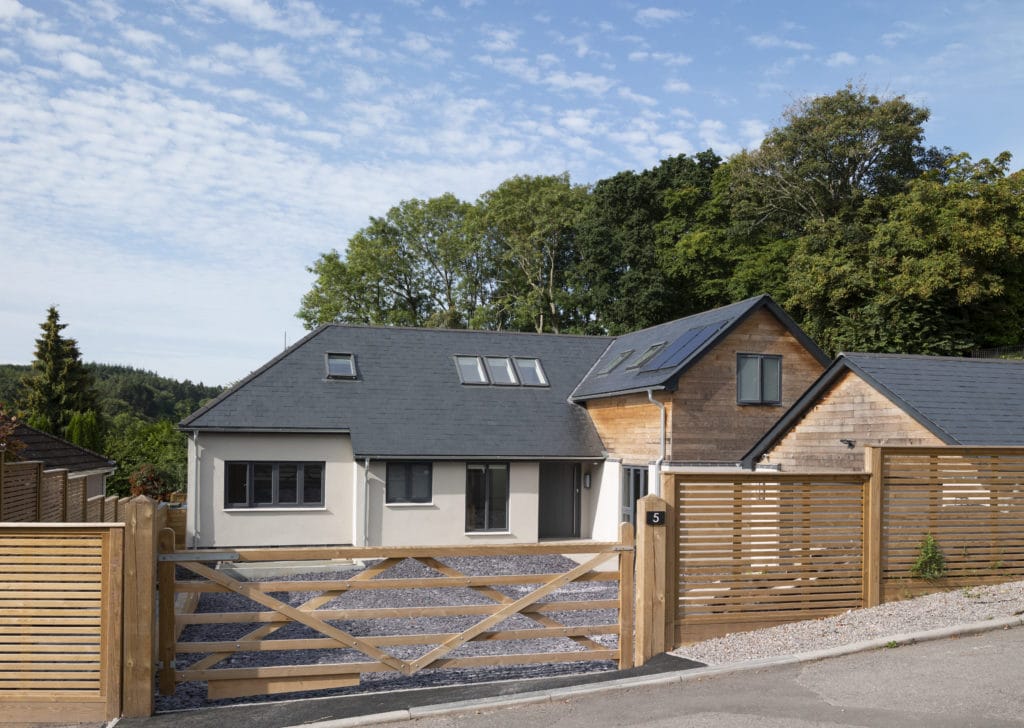
The mixture of crisp white render and pale timber cladding give the home an elegant and contemporary finish
This revised scheme was submitted only to be met with even more objections from residents. There were also more hurdles to overcome with restrictions to the roof height, green belt building constraints and aesthetic considerations.
Ultimately, the planning officer in charge of the case organised a meeting at the site with the concerned neighbours to listen to their objections. Thankfully, in the end they decided in favour of the couple’s project and awarded planning consent for a dormer bungalow on the site.
While these negotiations were going on, the discovery that great crested newts, a protected species, had previously been found in neighbours’ gardens created even more delay and stress for the couple as surveys and reports were organised. “Sometimes it felt like we were in an episode of the Archers, with one drama after another,” says Helen. Unfortunately, this wasn’t the last of their problems.
As a whole, the planning process had taken a year and a half of compromise and concessions. It was a steep learning curve for the novice self builders. “We had read loads of articles, watched all the programmes and done a great deal of research before we embarked on this self build adventure,” says Helen. “But however well prepared you are, it is impossible to predict what will crop up.”
Budgeting a build
Delighted to have finally gained their planning permission, Tom and Helen were eager to get started on their new home. The bungalow was easily demolished and the now muddy site was ready for the next stage.
The couple had been led to believe that their new home would require standard concrete foundations, so they had budgeted the advised £40,000. To their horror, the soil test revealed very poorly draining land that would need much more work – and money – than originally anticipated.
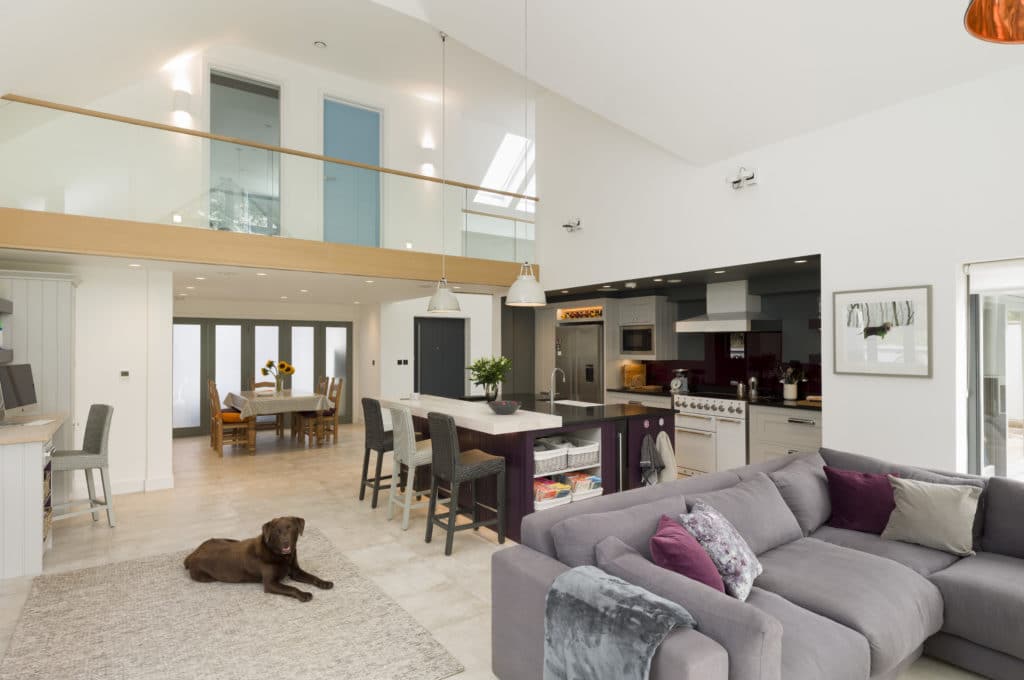
The barrier-free interior lets light flood through uninhibited – the glass balcony area enables sunshine to cascade down from the rooflights to the main living areas
They discovered that enormous amounts of soil would have to be removed and vast volumes of concrete used to create a stable enough base on which to build their new house.
They were initially quoted £160,000 for this work, which would blow a huge chunk of their budget before they even started. The couple had put aside a total of £350,000 for the build (on top of the cost of the original bungalow), so they had gone off schedule almost immediately. But they had to resign themselves to the extra cost.
“What else could we do?” says Helen. “We had already knocked down the existing house so we had no choice but to carry on!” In the end, the foundations were built for £120,000; cheaper than the couple had feared, but still three times the original estimation.
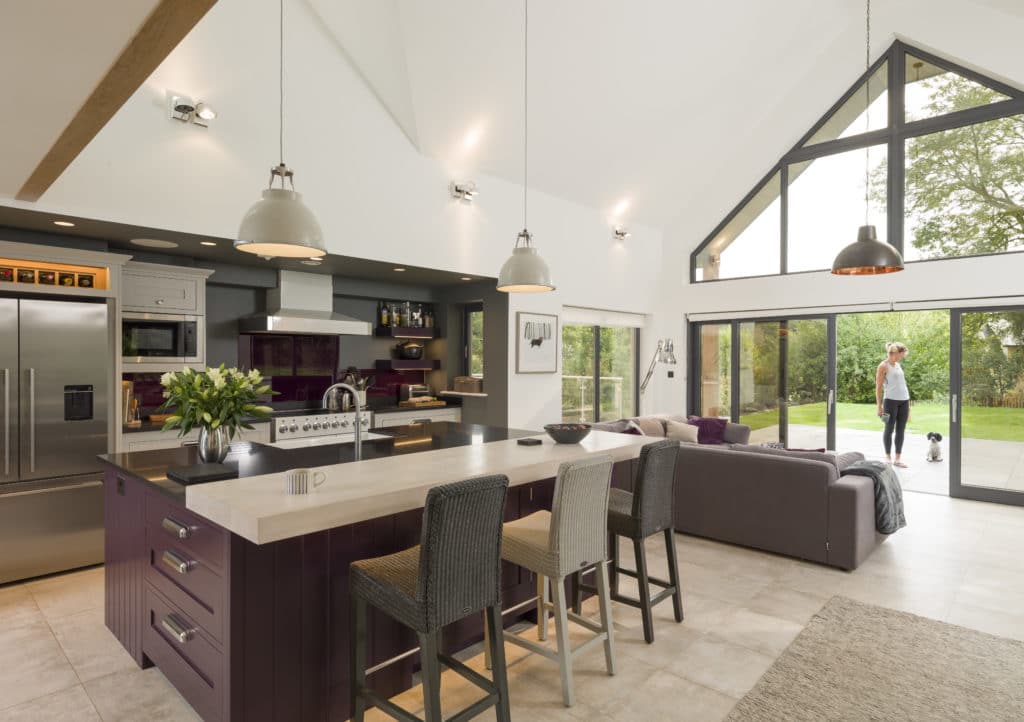
The sleek, contemporary kitchen incorporates an island for informal dining. The patio doors open out to the garden and a level paved area, blurring the lines between interior and exterior space
Tom and Helen had hoped to be mortgage free by doing this new build. They planned to use savings, shares and the capital from their previous home to finance the works, but the unexpected foundation costs involved meant that they did end up borrowing after all.
Managing the project
During the build, the family moved into a rental house nearby, until the last few weeks when they lived in a camper van parked in their driveway. Helen was on site every day coordinating the builders and trades.
One day a week she had the help of a project manager, who was the director of their building company. She found her trades through various routes – some had been recommended by Potton, some were subcontracted by the building firm and others she found through local knowledge and word of mouth.
“Communication is absolutely key when there are so many different companies and people on site,” says Helen. “In my naivety, I thought the various trades would communicate with each other about what was going on and what was needed, but I very quickly realised that was not
the case and that I had to take responsibility.”
The plot is on a slope, so the couple worked with a landscape gardener very early on in the project, as it was crucial that the various levels of the house would match up with the land outside. The timber frame was quick and efficient to erect, and the block and render materials for the external walls were straightforward.
However, several large steels were needed to create the large open spaces that had been carefully designed. It was only after these were installed that Helen discovered they should have had service holes pre-cut into them, to allow pipes and cables to be passed through.
Unfortunately, this wasn’t noticed until the time came for the plumber and electrician to do their first fix, when holes had to be cut retrospectively into the steels with blowtorches.
The windows brought further problems – when they arrived, some didn’t fit and others couldn’t be manoeuvred into position at the rear of the property because the access was too tight.
Eventually, these had to be craned into place over the house, but as the windows had been sourced through Potton, the team there dealt with these issues and the extra costs did not fall to Tom and Helen.
Eco credentials
Helen was keen for the house to be very energy efficient and stressed this to all the builders and tradesmen throughout the project, but she wasn’t convinced that they were taking her very seriously. “I was a first time self builder, trying to project manage and a woman,” says Helen.
We learnedTake a look at local planning history to help you work out what property styles are likely to be accepted or rejected. Talk to your neighbours before you start your project, but don’t assume that you have their support. Get soil samples done before you demolish an old building. It is all too easy to tear down the existing structure, but you may end up with nowhere to live if you find any problems with the land. When it comes to planning your living space, draw out the furniture on the floor to make sure you are going to have enough room to move around and to fit in everything you need. Allow a much larger budget for landscaping than you anticipate. This is often a very important element of the project and usually gets left until the end, when the money has been used up. Landscaping can make all the difference between a successful and unsuccessful home. |
“So I fear much of what I said was dismissed.” The whole family banded together and taped every single insulation sheet carefully so that they could make sure it was being done correctly. Iona, Helen’s 21-year-old daughter, was brilliant at it, but the family couldn’t take on other areas of the build due to inexperience.
When the time came for the house to be tested for airtightness at the end of the build process, they discovered that air leakage wasn’t as good as hoped, especially in the ceiling voids. A lot of the downlighters had to be refitted and resealed several times in order to meet these standards.
In the end, the house scored 2.8 air changes per hour per m2 – within the threshold the couple had been aiming for. In line with their green philosophy, Helen and Tom opted for an air source heat pump (ASHP) and 18 solar panels, a woodburner and underfloor heating along with a mechanical ventilation and heat recovery (MVHR) system for increased efficiency.
All the children had been very involved and supportive all the way through – Helen’s 23-year-old son is a designer, so she had plenty of help when it came to making interior decoration decisions. Now complete, the home is light, spacious and airy, and provides the family the inside-outside feeling they wanted with the large doors leading out to the garden.
“The house has been finished to a very high standard and we are delighted,” says Helen. “We’ve got the sociable, spacious lifestyle that we wanted.”
Armed with some experience, Helen says she would do another project at some stage in the future, but she would tackle it differently. “I have learned that you probably get better results if you take your time. Do research, talk to people and don’t worry too much about getting things done quickly,” she says.
“Next time, I’d try not to make decisions after a full day’s work. It is not advisable to be discussing positioning of sockets with your partner at 2am. Above all, I would find a flat plot, with planning permission already in place and I would have soil samples done before anything else!”

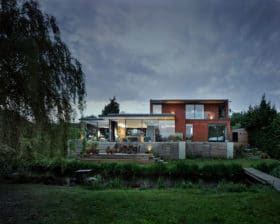






























































































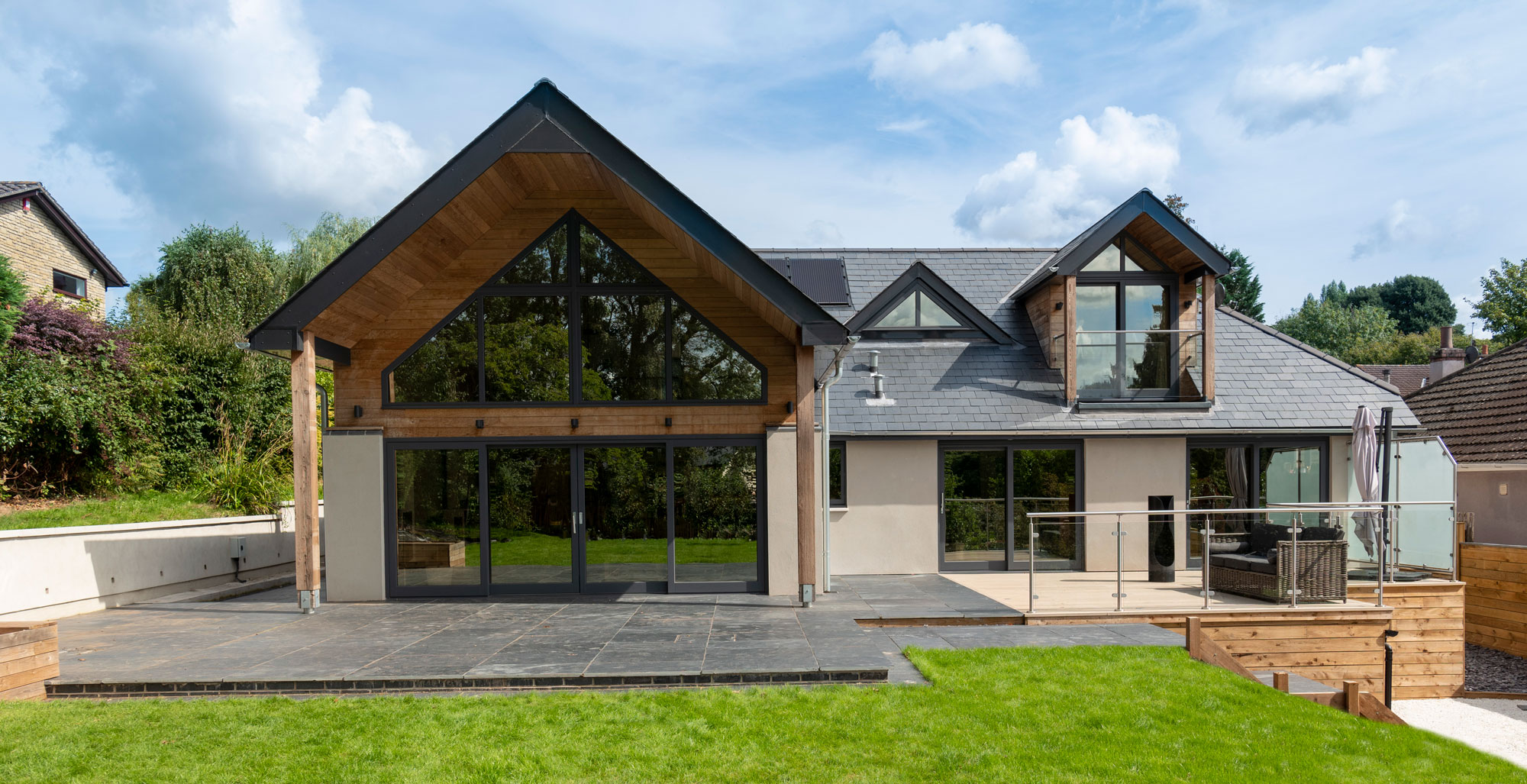
 Login/register to save Article for later
Login/register to save Article for later
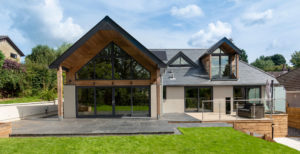
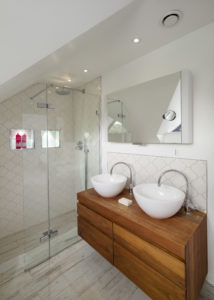
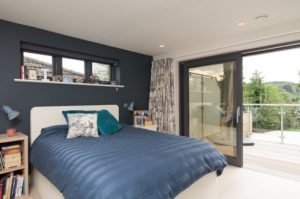
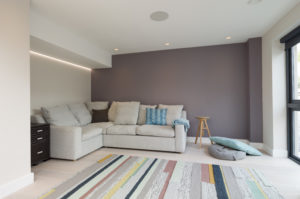
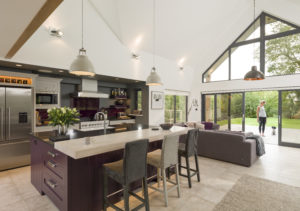
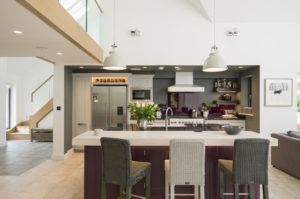

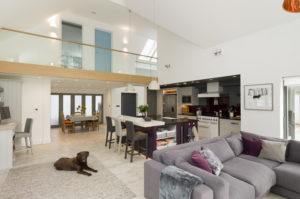
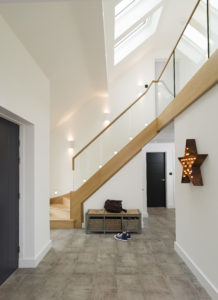
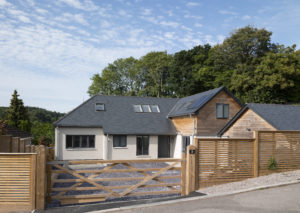



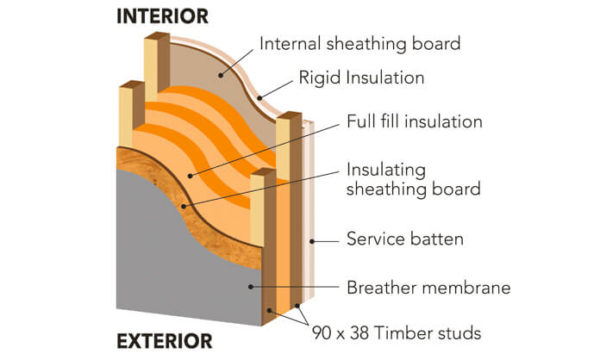

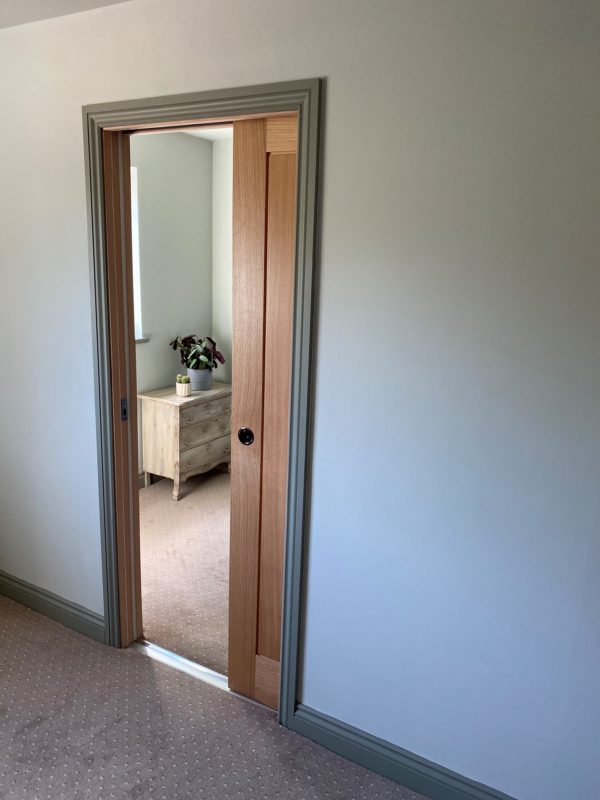
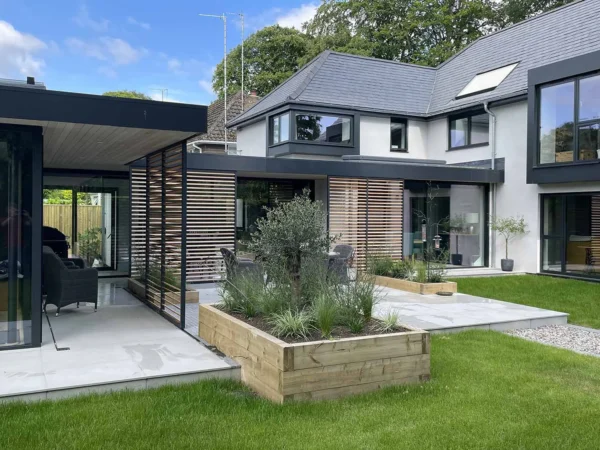




Sounds very much like our build our neighbors fought every inch to stop us building including parking vehicles to block deliveries also getting local residents to a meeting to try and say we had no legal access to the site . They even told the council there were bats in the trees that cost us £400 to have a survey done to prove there wasn’t.
My daughter is about to start building a Potton home behind their house, no doubt there will be more trouble from the neighbors. I have ended up with a lovely house although tainted by the trouble from the neighbors.